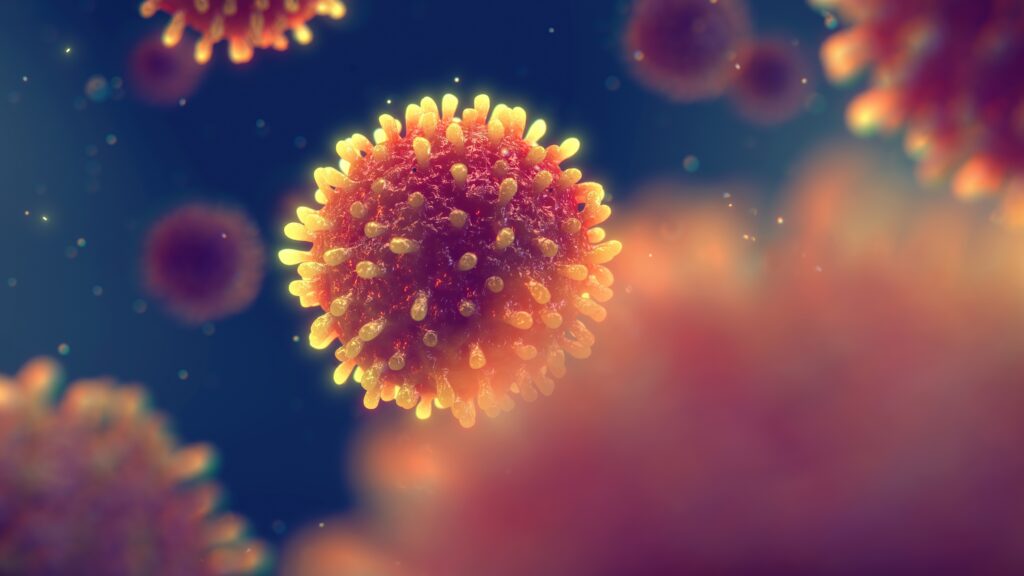Special Edition: Pediatric Hepatitis
Acute Severe Liver Inflammation in Children Around the World:
What to Look Out For and How to Keep Them Safe

Discovered first in the UK, cases of pediatric hepatitis have now been detected in countries around the world, including India, the Netherlands, Sweden, Canada, U.S., Italy, Spain, Indonesia, Israel, Japan, and many more. Over 500 cases have been reported, all in children between the ages of 11 months and 16 years. Most were ineligible for vaccination due to their age. Symptoms include fatigue, nausea, vomiting, loss of appetite, yellowing of the skin and eyes, and fever. Multiple children have required liver transplants, and several have died. Health authorities are investigating the possible causes. Infections typically associated with hepatitis A,B,C,D,E have been ruled out. Discussions are about adenoviruses (that typically don’t cause hepatitis), and autoimmunity or vulnerability to adenovirus infections due to prior SARS-CoV-2 infections. In this Special Issue, we discuss the merits of the key suspected causes, including COVID-19, and make recommendations for preventative actions and monitoring.
What Is Hepatitis, How Is It Detected, and Why Now?
Hepatitis is liver inflammation, which can be caused by viruses, exposure to toxins, autoimmune processes, or other infectious agents.
Hepatitis is usually rare, thus people may not be looking for its symptoms or may think their symptoms are due to a less serious condition. It is important to quickly diagnose hepatitis to undergo the correct course of treatment.
I. How to detect hepatitis?
1. Blood tests
for viruses, or for antibodies to viruses that indicate an infection in the past,
for liver enzymes and bilirubin. Bilirubin is removed from the blood by the liver.
Elevated bilirubin is a sign that the liver may not be functioning well.
2. Physical examination for yellowing of the skin or whites of the eyes, changes in appetite
and energy, a fever, nausea, vomiting, and GI discomfort.
3. Imaging the liver by ultrasound, CT, or MRI.
4. Taking a small amount of liver tissue (a biopsy), to look at under a microscope
examination for damage or the presence of a virus.
II. What is causing it?
The viruses causing Hepatitis A, B, C, D, E have been ruled out because they are not present.
Adenovirus (ADV)
Adenoviruses are common, but only in rare instances lead to significant inflammation. Adenovirus primarily affects children and the immunocompromised. In a UK sample, 72% of children with severe acute hepatitis tested positive for adenovirus, specifically adenovirus type 41. This suggested there might be a connection between adenovirus infection and hepatitis in children. However, hepatitis resulting from adenovirus infection has not been found in the past despite widespread adenovirus. Thus, although adenovirus may play some role, it is unlikely to do so by itself.
SARS-CoV-2
India reported cases of acute severe hepatitis associated with recent SARS-CoV-2 infection in children with no history of liver disease. In Israel, out of 12 children with acute severe hepatitis, 11 had SARS-CoV-2 three and a half months earlier. In the UK, 18% of cases either tested positive for SARS-CoV-2 at admission for their liver condition, or reported testing positive in the previous 8 weeks, and blood tests are yet to be done on the rest. In addition, unlike adults, many young children infected by SARS-CoV-2 do not go through “seroconversion”— they don’t develop measurable amounts of antibodies — which makes it difficult to confirm SARS-CoV-2 infection using blood tests.
Children were once thought to be at a low risk for COVID-19 complications, so liver function screening is not routine, especially with mild illness. Still, liver abnormalities accompanying COVID-19 have been documented. Motivated by the recent hepatitis cases, a comparison of children that had COVID-19 infections with children with another respiratory infection showed substantially higher markers of liver disease.
Why Now?
The timing of the hepatitis spike during the pandemic makes it highly likely that the two are related. Several possible mechanisms are already under investigation. Once compromised, the liver may be less able to recover after exposure to infections or even to stress due to other illnesses or medications. SARS-CoV-2 may result in a context for liver damage due to other conditions.
What We Can Do to Protect Children
COVID-19 can result in Long Covid in children even for mild or asymptomatic cases and considerably damage children’s health. The hepatitis cases may be another form of such harm. Children should be protected from infection using masking, distancing, ventilation, testing, and vaccination. The benefits of vaccination are clear in reduction of the risk of severe COVID, and most pediatric hepatitis cases reported in this outbreak have been reported in unvaccinated children. However, it is not yet known whether COVID vaccines provide protection from hepatitis.
Unanswered Questions
A number of unanswered questions remain around this hepatitis outbreak, and the available data is rapidly evolving. A definitive cause is not yet confirmed. Better understanding may direct clinicians to treatments that may improve the course of the disease. The full spectrum of hepatitis is not yet known, as the reported cases may represent the most severe form of a disease that may be present and undetected in others due to the lack of specific symptoms. It is not known to what extent screening for hepatitis via blood tests or other methods might be useful in early identification of cases, in children who have recently had COVID, adenovirus infection, or other risk factors.
In Community,
-The WHN